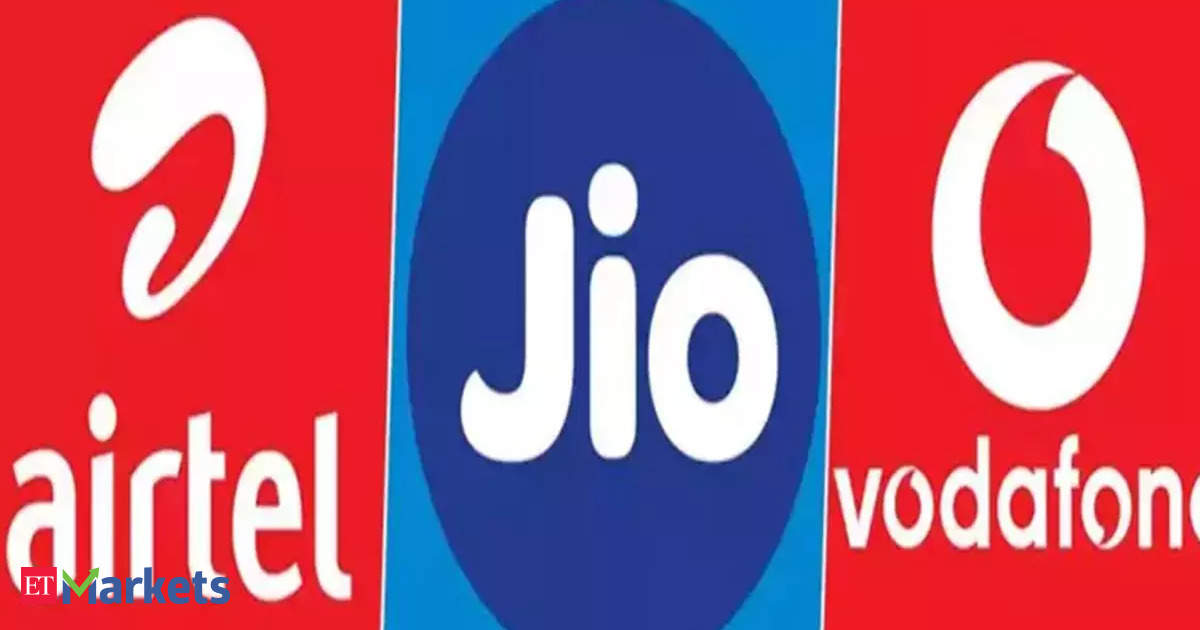Reliance Jio, Bharti Airtel, and Vodafone Idea (Vi) are expected to report sequential mobile revenue growth in the fiscal second quarter, according to analysts. This growth can be attributed to strong user additions, improved customer mix, and higher data usage levels. Airtel is anticipated to experience higher average revenue per user (ARPU) growth compared to Jio during this period, primarily due to a pick-up in 2G to 4G conversions and an extra day in the quarter.
On the other hand, Vi’s revenue gains are likely to stem from its recent hike in base prepaid rates. However, the telecom company is expected to continue losing customers during the fiscal second quarter.
Jio is predicted to add more customers than Airtel, with the latter being partially affected by the ongoing impact of the hike in base prepaid rates across India. Analysts at Jefferies report that Bharti and Jio will experience steady revenue growth of 3-4% quarter-on-quarter, with Jio having strong subscriber additions and Bharti having stable additions.
The focus will be on the timing of tariff hikes and Airtel’s response to Jio Bharat (Jio’s low-cost internet-enabled feature phone) and the rollouts/adoption of 5G. Jio and Airtel currently have a headstart over Vi in the 5G market, with plans to cover the entire country in the coming months. Vi, which has been experiencing losses, is yet to announce a 5G launch date as it is still in the process of raising funds that have been delayed.
According to BofA Securities, Vi’s revenue in the September quarter is estimated to increase by 2% sequentially, mainly due to the benefits of its recent entry-level feature-phone tariff hikes. Airtel is estimated to report a 1.9% sequential growth in ARPU for the September quarter, reaching ₹204, while Jio’s ARPU is expected to grow by 1.1% to ₹183. Vi’s ARPU is estimated to rise by 2% quarter-on-quarter to ₹142.
Jio is predicted to have the highest sequential rise in monthly average mobile data usage (AMDU) per customer among the three private carriers. This can be attributed to mobile users upgrading to smart devices and the increasing adoption of 5G services. Jio currently has over 62 million unique 5G users, while Airtel has over 50 million.
JM Financial estimates Jio, Airtel, and Vi’s monthly AMDUs per customer to rise sequentially by 1.6%, 1.4%, and 1.1% to 25.3 GB, 21.4 GB, and 15.8 GB, respectively, in July-September. It is also estimated that Jio’s Q2 profit after tax will increase by 12.6% year-on-year to ₹5,088.3 crore. Airtel’s profit, on the other hand, is predicted to grow by 37% year-on-year to ₹2,939 crore, driven by the strong performance of its India wireless and enterprise businesses.
However, Airtel’s consolidated operating income is expected to grow by only 0.7% quarter-on-quarter. This is due to the estimated 7% sequential fall in Airtel Africa’s operating income, mainly caused by the sharp devaluation of the Nigerian Naira. The devaluation impact on Airtel’s Africa business is also likely to result in flattish consolidated revenue growth for Airtel in July-September.
Analysts at BofA Securities expect Vi’s net loss in the September quarter to remain largely unchanged at around ₹7,810 crore, as the company continues to struggle with retaining customers. JM Financial estimates that Jio and Airtel will report the addition of 9 million and 4 million customers, respectively, in Q2FY24, largely at the expense of Vi, which is expected to lose a significant 4.5 million customers.











